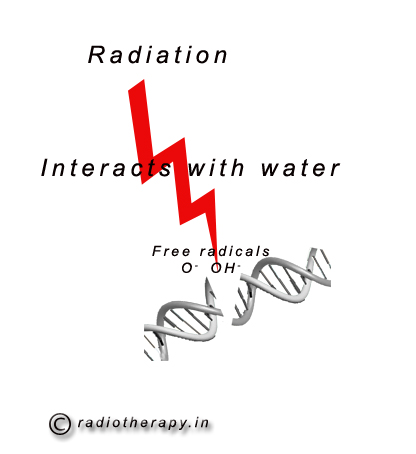Patient education on cancer is a must & involves dissemination of information and knowledge about oncology support systems. The treatment of cancer is multidisciplinary and involves surgery, chemotherapy, radiation, rehabilitation & psychosocial support. A multidimensional approach is the best way to deal with this disease.
Our endeavour is to provide you the best available information regarding cancer of various sites, with special emphasis on radiation therapy. Radiation is used in a definitive, adjuvant or palliative setting, depending on the type & stage of cancer. In this section, we are attempt to demystify radiation therapy and to provide you information regarding the latest developments in the field of radiation therapy.
Cancer management mandates a multimodality approach and radiotherapy plays a major role in the management of cancer. Radiation is the main treatment for most head neck cancers and cervix cancers. It is used as an adjuvant treatment (treatment after definitive treatment, to prevent reccurence) for breast cancer, gastrointestinal cancers, head neck cancer, soft tissue sarcomas and many more.
Radiation is broadly divided into X rays (Photons) and particulate radiation. Diagnostic radiology uses low energy X rays for imaging while in radiotherapy high energy X rays are used to treat tumor. Particulate radiation includes radiation by electrons, protons or neutrons. The following details pertain to X ray based radiation since this is the form used most often.
The photons present in the radiation admenisterd ionizes the water in the cell and induces formation of free radicals which can damage of genetic material (DNA). This damage may be lethal and can cause death of the tumour cell. However, often the damage is not enough to cause cell death i.e. it is is sublethal. This may be converted to lethal damage by repeated exposure to radiation; radiation is therefore fractionated and given over multiple sittings. Normal cells are also affected adversely by radiation but have the capacity of repair. Within their tolerance limits, the cells reapair themselves and the damage is transient and reversible.
